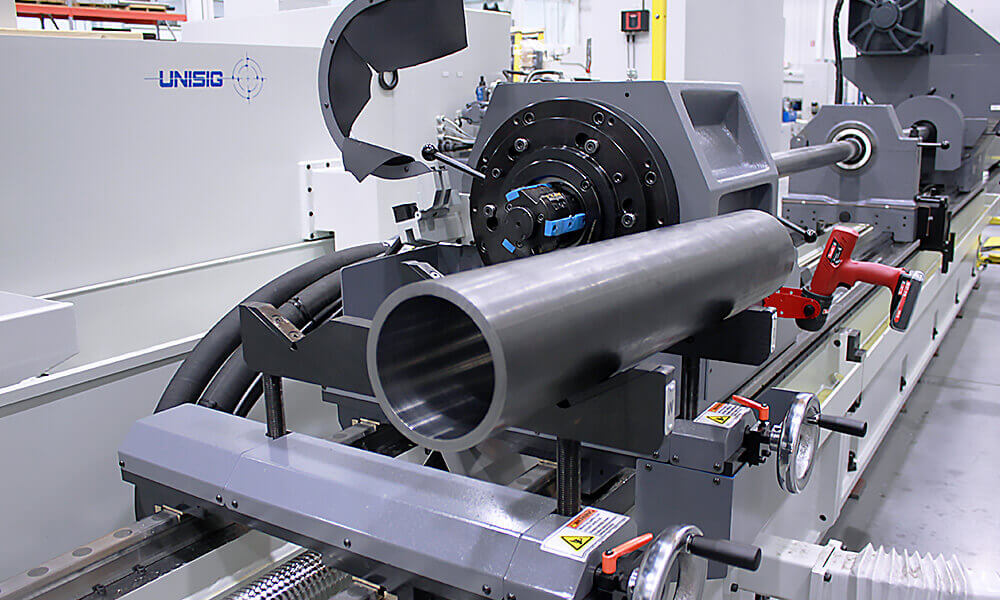The orthopedics industry is among the most dynamic and fast-growing sectors in the world, and machining is one of the most crucial processes for manufacturing these devices. While a backlog of projects and compressed timelines plague many manufacturers, the emergence of new technologies and automation technologies provides manufacturers with more opportunities to increase productivity and efficiency. In addition, a recent survey revealed that machinists are in short supply, and most are increasingly interested in robotics, automation, and Internet of Things (IoT) applications. In the medical device industry, these trends are creating a situation of instability in the supply chain.
The emergence of additive manufacturing (AM) transforms how parts are manufactured. It has become the preferred method for high-tech parts with complex geometries and low volume. However, it is more expensive than CNC machining because it takes time to solidify the layers of material. It is also too slow to meet the needs of large-scale production. This is why some manufacturing companies are switching over to this technology.
Meanwhile, additive manufacturing is becoming more common in the medical industry. Whether the parts are complex or high-volume, this technique is highly effective. The main disadvantage of additive manufacturing, however, is its slow process. Unlike CNC machining, layers of material take time to solidify, which is unsuitable for large-scale production. Fortunately, a growing number of companies are investing in additive manufacturing.
Advanced machining is replacing traditional machining. While AM can produce low-surface RA and tight tolerances, it is less productive in high-volume applications. The lack of performance standards has fueled the evolution of machining and AM. In addition, subtractive machining can complement additive manufacturing in many areas. Some industries, such as orthopedics, require secondary abrasion and finishing operations.
Increasing the number of CNC routers is one of the most widespread uses of additive manufacturing. It is especially suitable for low-volume components and complex internal features. It is also slower than CNC machining since the layers of material need to solidify before they can be machined. Additionally, it is not yet suited for large-scale production. The process is also much slower than traditional CNC machining.
The manufacturing industry has been a priority for China since 1949 when the country was still an agricultural-based economy. Today, the country’s machinery industry is a vast, centralized machine-building industry that produces much modern equipment. But in 1987, China’s machinery industry was relatively backward regarding technology. Importing foreign equipment was essential, but the imports were restricted to critical areas.
Suggested By :- Vegas Escorts


